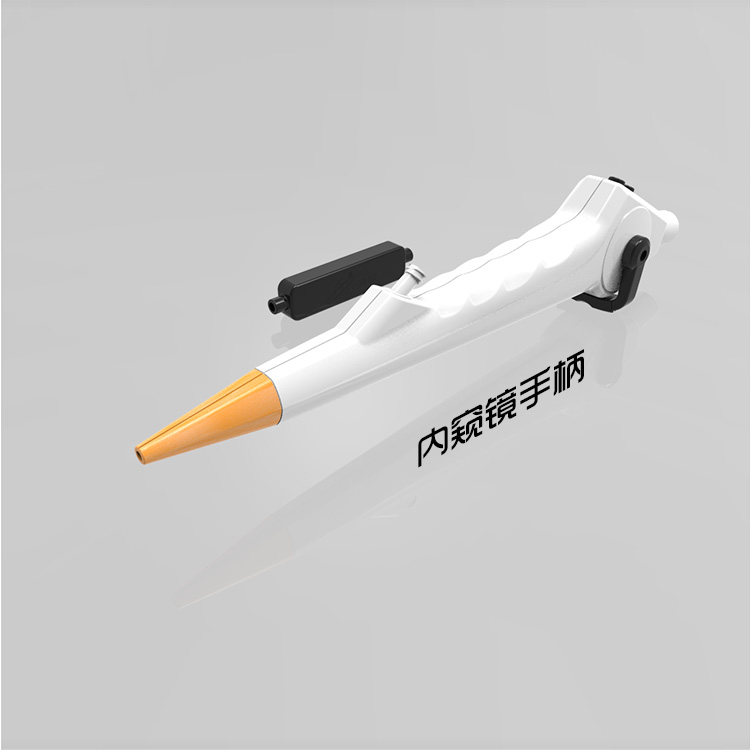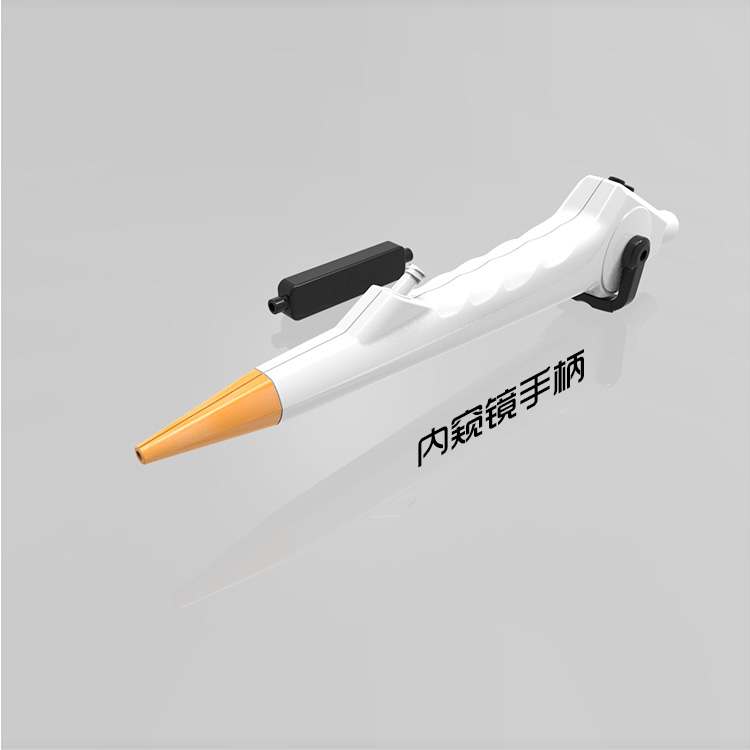Fluidity analysis of injection molding process in plastic mold factory
In the process of injection molding, plastic powder or particles need to be melted at a certain temperature, and then processed into plastic products with specific shapes through extrusion, injection molding, blow molding, film blowing and other processes. Fluidity usually refers to the nature of the fluid. In plastic processing, fluidity refers to the fluidity of plastic in the molten state. Dongguan mazhike plastic mould factory analyzed the fluidity of the injection molding process,

mainly including the following aspects:
First of all, according to the requirements of mold design, the fluidity of commonly used plastics can be roughly divided into three categories: PA, PE, PS, PP, Ca and poly (4) methyl stilbene with good fluidity; Polystyrene series resins (such as ABS, as), PMMA, POM and polyphenylene oxide have medium fluidity; PC, rigid PVC, polyphenylene oxide, polysulfone, polysulfone and fluoroplastics have poor fluidity. It should be noted that the fluidity of different plastics will also be affected by molding factors,
The main influencing factors include:
1. temperature: the increase of material temperature will increase the fluidity, but the changes of different plastics are different. For example, the fluidity of plastics such as PS, PP, PA, PMMA, ABS, PC and Ca varies greatly with temperature, while the fluidity of PE and POM
It is less affected by temperature. Therefore, in the molding process, it is necessary to adjust the temperature to control the fluidity.
2. pressure: the increase of injection pressure will increase the shearing effect of molten material, thus increasing the fluidity, especially for PE, POM and other plastics. Therefore, during the molding process, it is necessary to adjust the injection pressure to control the fluidity.
3. mold structure: the form, size, layout, cooling system design of the gating system and the flow resistance of the molten material directly affect the actual fluidity of the molten material in the mold cavity. The appropriate structure should be selected according to the fluidity of the plastic used in the mold design. During the molding process, the filling condition can be adjusted by controlling the material temperature, mold temperature, injection pressure, injection speed and other factors to meet the molding requirements.
For the fluidity of the injection molding process, the plastic mold factory needs to analyze the fluidity of the plastic in the injection molding process, and adjust the processing parameters according to different factors, so as to ensure the quality and molding effect of the final product. Through reasonable liquidity analysis and control, we can improve production efficiency, reduce production costs, improve product quality, so as to obtain greater advantages in market competition.
